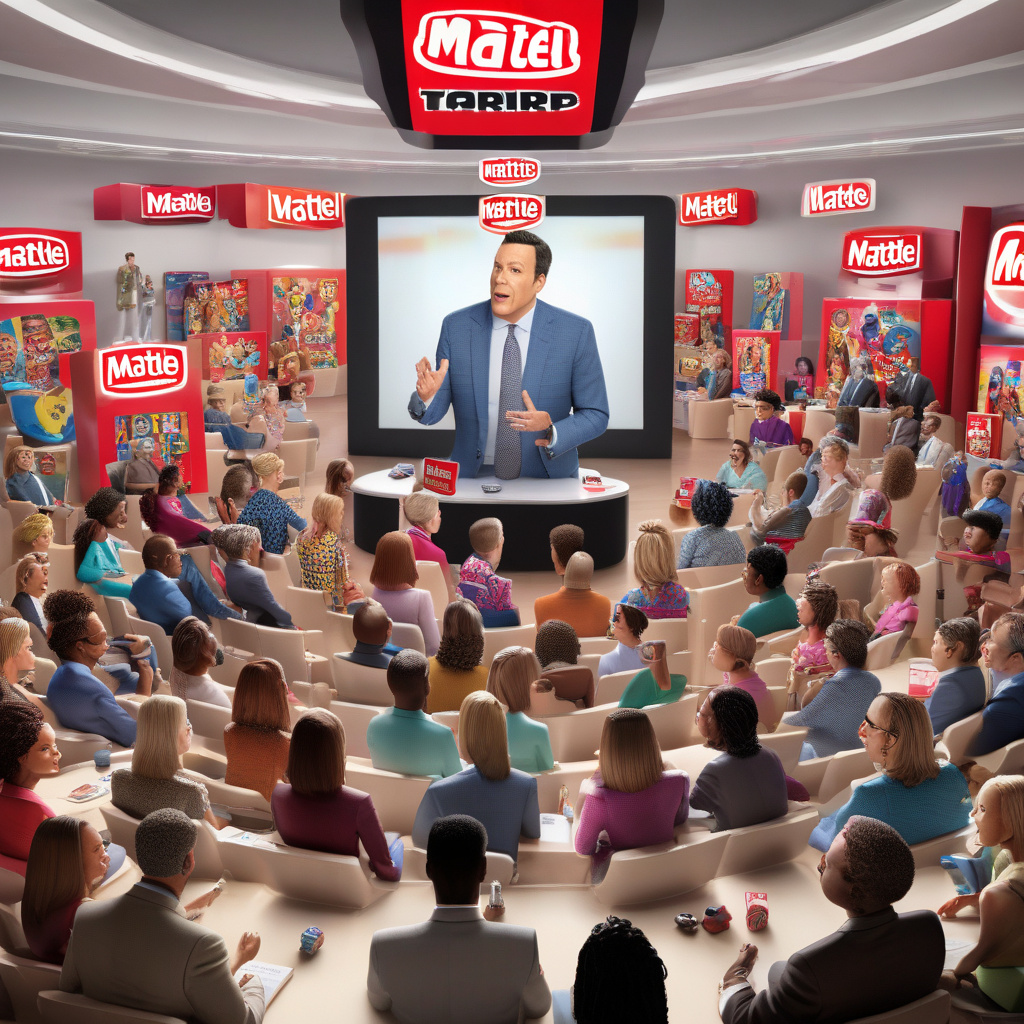Mattel CEO Warns of Price Increases on Toys Due to Tariffs
As the trade landscape continues to shift, toy companies are feeling the impact of the ongoing tariff war initiated by President Donald Trump. The imposition of tariffs has raised concerns among industry leaders, particularly in the toy sector. Mattel, one of the most recognized names in the toy industry, has made headlines recently with warnings of potential price increases on their products.
The backdrop to this situation is the tit-for-tat trade conflict between the United States and China. In an effort to bolster domestic manufacturing, President Trump introduced tariffs on a variety of imports, significantly affecting the toy industry, which relies heavily on products manufactured overseas. Mattel’s CEO, Ynon Kreiz, has been vocal about the challenges these tariffs pose, stating that the increased costs associated with tariffs could lead to higher prices for consumers.
Kreiz emphasized that the tariffs could result in a price increase of “a couple of bucks more” for certain products, particularly dolls, which are among Mattel’s flagship offerings. This statement underscores the delicate balancing act toy manufacturers must navigate: managing production costs while remaining competitive in a market that is highly sensitive to price changes.
The toy industry is particularly vulnerable to the effects of tariffs due to its reliance on imported goods. According to the Toy Association, approximately 85% of toys sold in the U.S. are manufactured overseas, primarily in China. This dependency means that any tariffs imposed on Chinese-made products directly affect the bottom line for companies like Mattel. The implications of these tariffs extend beyond just higher retail prices; they could potentially impact sales volume as consumers respond to increased costs by adjusting their purchasing behavior.
In response to these challenges, Mattel is exploring various strategies to mitigate the impact of tariffs on their pricing. One option is to shift some production to factories in other countries, such as Vietnam and India. Such a move could help reduce reliance on Chinese manufacturing and potentially lower costs. However, transitioning production lines is not a straightforward task, as it involves complex logistics, workforce training, and ensuring quality control standards are met.
Consumer reaction to potential price increases is another critical aspect for Mattel and other toy manufacturers to consider. Price sensitivity can vary significantly across different demographics, and families may reconsider their spending habits when faced with higher prices, especially during the holiday season when toy sales peak. If consumers perceive the value of toys does not align with the increased prices, it could lead to a downturn in sales, affecting overall revenue for companies dependent on seasonal sales spikes.
Moreover, the broader economic implications cannot be ignored. As prices rise due to tariffs, consumer spending may dwindle, leading to a potential slowdown in economic growth. Retailers also bear the brunt of these increases, as they may need to adjust their pricing strategies to maintain margins, further complicating the retail landscape.
Kreiz has urged the government to reconsider the tariff strategy, arguing that tariffs ultimately hurt American consumers. He has pointed out that the toy industry, which thrives on innovation and creativity, should not be stifled by trade barriers that inflate prices and restrict access to affordable products. The call for a reassessment of tariff policies is echoed by many industry stakeholders who recognize the long-term ramifications of such economic strategies.
As the situation develops, it remains to be seen how Mattel and other toy manufacturers will navigate this challenging environment. The toy industry is not only a significant contributor to the U.S. economy but also plays a vital role in cultural representation and childhood development. Ensuring that toys remain accessible and affordable is essential for fostering creativity and learning among children.
In conclusion, the current tariff war poses significant challenges for toy companies like Mattel. With potential price increases looming, stakeholders must remain vigilant and adaptable in the face of changing trade policies. The future of toy pricing will depend not only on production strategies but also on consumer behavior and government decisions regarding tariffs. As the toy industry grapples with these realities, the hope is for a resolution that prioritizes both manufacturing integrity and consumer affordability.
toys, tariffs, Mattel, trade, retail
